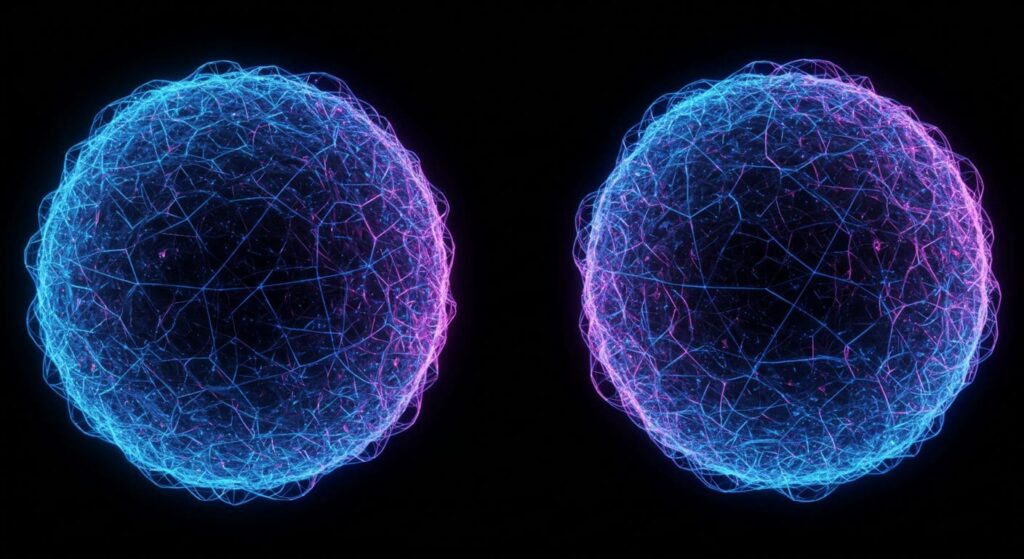A team of physicists has discovered a new quantum state of matter in ultra-high-quality semiconductor materials, combining the fractional quantum Hall effect with spontaneous symmetry breaking. The findings, recently published in a peer-reviewed study, could pave the way for advances in quantum computing, materials science, and condensed matter physics.
The fractional quantum Hall effect arises when electrons in a two-dimensional system under strong magnetic fields form exotic collective states, exhibiting fractionalized charges and unusual quantum behavior. The simultaneous presence of spontaneous symmetry breaking — where a system naturally settles into a less symmetric configuration — represents a never-before-seen phenomenon in condensed matter physics.
“This discovery challenges our understanding of quantum phases and offers a promising platform for next-generation quantum technologies,” said the lead researcher.
Implications for Quantum Computing
Experts believe that the unique properties of this newly discovered quantum state could:
- Enable more robust qubits with improved stability
- Allow enhanced control over quantum systems, overcoming current technological limitations
- Guide the design of novel materials with specific electronic and topological properties
Such capabilities could accelerate the development of practical quantum computers, offering new routes for fault-tolerant computation and scalable architectures.
Bridging Fundamental Physics and Technology
The research underscores the intersection of fundamental physics and practical technology. By leveraging advanced material quality and experimental precision, scientists can uncover previously hidden quantum phenomena with real-world technological applications.
This discovery also highlights the importance of high-precision semiconductor fabrication, which may unlock additional exotic quantum states in the future. Researchers anticipate further exploration of this state to fully understand its potential across quantum systems and advanced materials.

